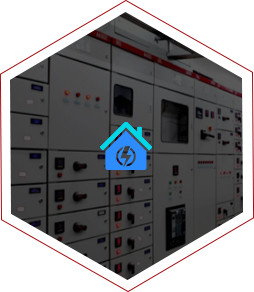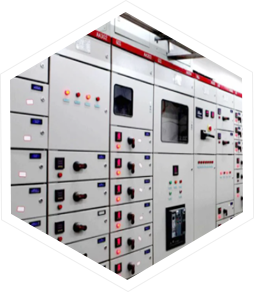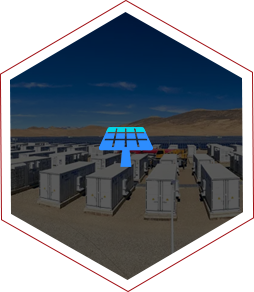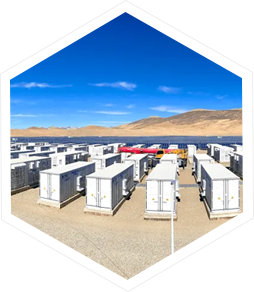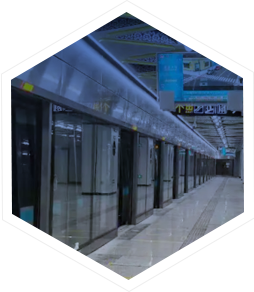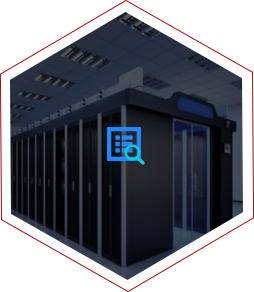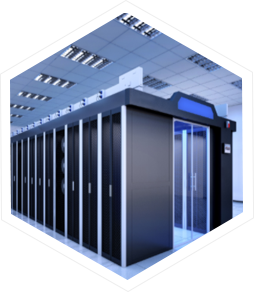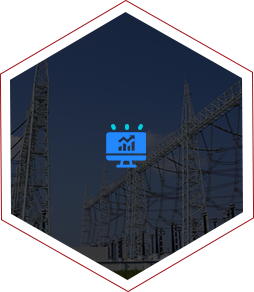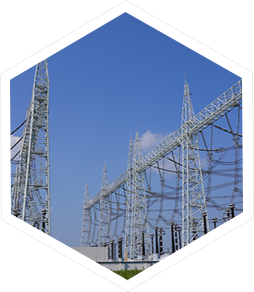I. Background
With the advancement of technology, there is increasing demand for digitalization and intelligent operation and maintenance in rail transit systems. If a fire accident occurs on a moving train and is not detected and handled promptly, the fire can spread rapidly, which will not only result in significant national property losses but also poses a severe threat to the safety of passengers and crew. Besides, it will also disrupt normal rail operations and produce negative social impacts. Because of the enclosed rail transit environments, high passenger volumes and dense crowds, fire management becomes particularly challenging. Therefore, enhancing the preventive capabilities of rail transit systems and effectively eliminating safety hazards are critical aspects of daily safety operations, which requires continuous attention and long-term commitment. The main safety hazards in rail transit systems include:
1) Complex electrical equipment: Rail transit trains are equipped with many electrical equipment that operate under prolonged conditions of vibration, high temperature, humidity, and heavy loads. The rising equipment temperatures will degrade the insulation materials, leading to insulation breakdown and potential fires.
2) Harsh environment in mechanical compartment: During operation of rail transit trains, mechanical compartments accumulate oil residues and operate at high temperatures, creating a hazardous environment where even a small spark can easily cause a fire.
3) Mechanical friction: Friction in certain train equipment will be caused by mechanical failures or foreign object intrusion, resulting in smoldering or combustion of accumulated oil, grease or fabric.
4) Complex station environments: Rail transit stations often feature large, irregular spaces with complex structures, making equipment installation and maintenance difficult.
II. Solution
The rail transit system is characterized by complex operation environment, high passenger flow and diverse fire hazards. Our company provides customized solutions for different scenarios to achieve comprehensive thermal hazard monitoring and early warning, further ensuring the safe operation of trains and the safety of passengers. The specific configurations are as follows:
1) For platforms, halls and other large spaces, the active safety monitoring and early warning devices will be deployed, which is specifically designed for large spaces, featuring wide sampling coverage.
2) For train compartments, the active thermal hazard monitoring and early warning devices will be installed, which are of compact size, flexible in installation, and require no sampling pipelines.
3) For unattended IT rooms, the active safety monitoring and early warning devices will be deployed along with AI algorithms to perform multi-parameter fusion analysis and horizontal/vertical trend comparisons, enabling comprehensive online environmental monitoring and intelligent fault diagnosis for higher accuracy of early warning.
III. Cases











